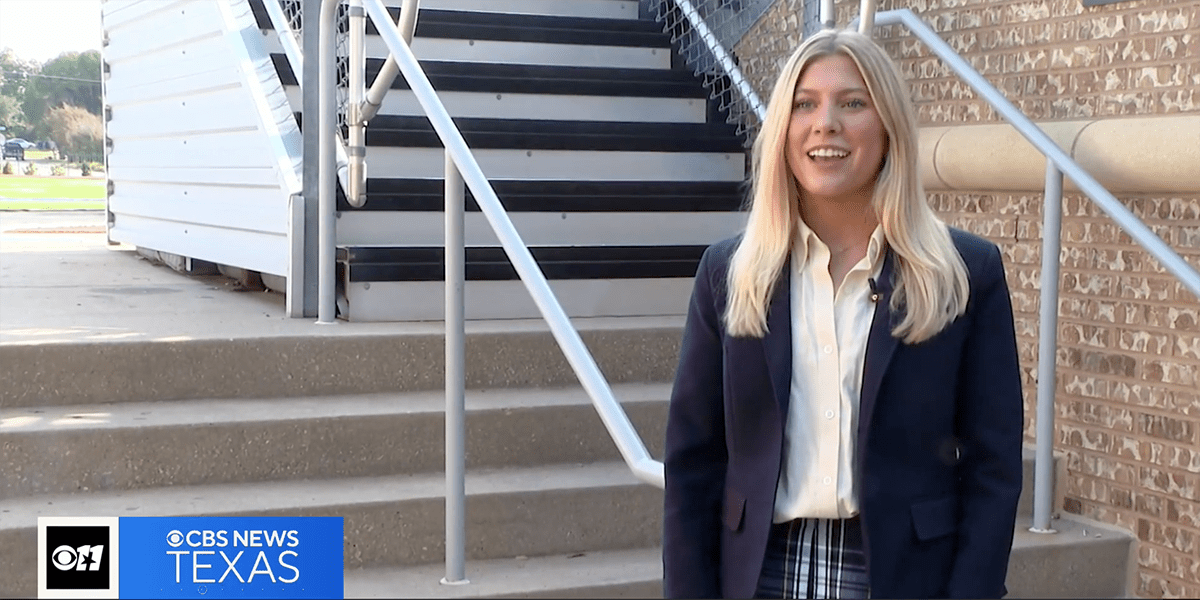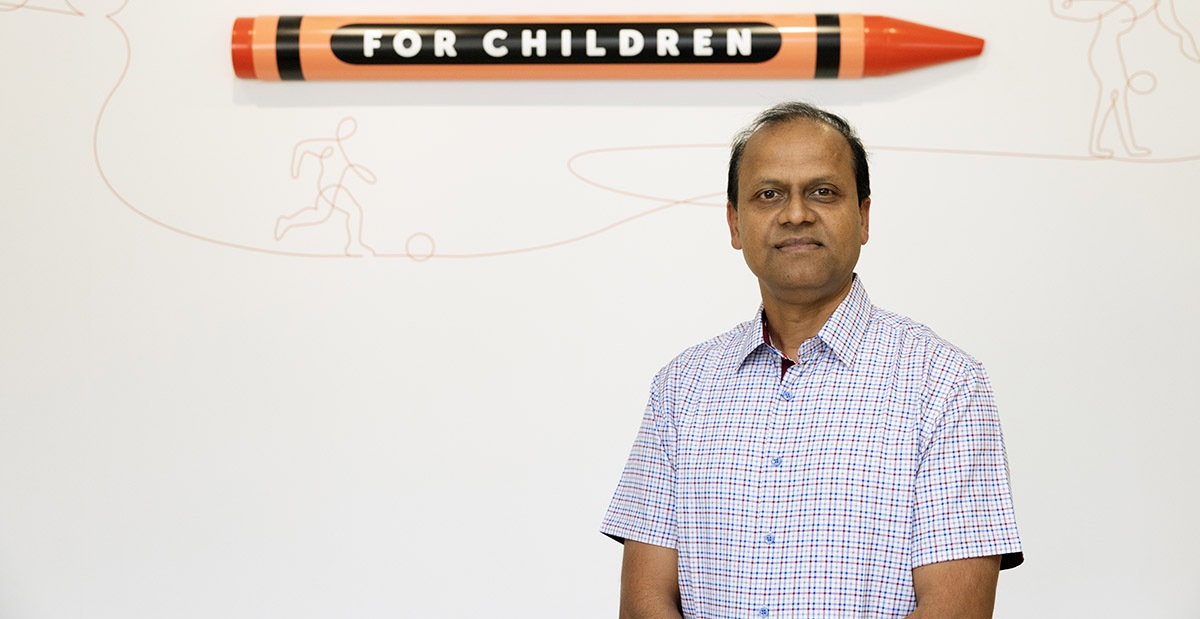Anxiety is one of the most common mental health challenges in children, and it affects one in eight children in the United States. While the condition is not unusual, it can present many challenges for those who experience it, especially in academics and education. Our team in the Luke Waites Center for Dyslexia and Learning Disorders shares what parents need to know about anxiety and how to help their child cope.
What is anxiety?
Anxiety has two important components: psychological symptoms, such as feelings of fear or worry, and physiological symptoms, such as feeling dizzy or shaky, having trouble breathing, headaches, stomachaches or trouble sleeping. For many children, anxiety is a typical emotion and is not a hinderance to their daily life. For others, persistent anxiety can cause problems at home, with friends and in school or in activities.
What is normal anxiety versus anxiety requiring a diagnosis?
Typical anxiety that is expected in children is manageable, doesn’t last very long and does not usually go along with significant physical symptoms. However, anxiety that is persistent or longer in duration, includes symptoms that interfere with functioning and causes physical symptoms may indicate that an anxiety disorder is present.
What is generalized anxiety disorder (GAD)?
According to the American Psychiatric Association, generalized anxiety disorder (GAD) consists of excessive anxiety and worry occurring about several events or activities on more days than not for at least six months. The disorder can be associated with restlessness, mental fatigue, trouble concentrating, muscle tension and sleep disturbance. The condition is rarely identified prior to adolescence, and approximately one percent of adolescents experience GAD over the course of a year. GAD is often associated with academic difficulties.
How does anxiety affect education and learning habits?
Anxiety can significantly impact a child’s performance and confidence in the academic setting. Symptoms like difficulty concentrating or restlessness can prevent a student from taking in new information, while fear and worry can affect his or her retention of information, long-term memory and working memory. This can lead to anxiety around test-taking, which further impacts the child’s ability to successfully learn new information. For someone with dyslexia, anxiety presents as an additional obstacle in their learning. However, with the appropriate dyslexia intervention, accommodations and supports, academic worries can decrease.
How can anxiety around school or test-taking be improved?
There are multiple factors that contribute to test-taking anxiety or anxiety about performance in academics. Tools that might help with this type of anxiety include changing either behavior or cognitions (thoughts), developing better study skills or developing better test-taking skills. Additionally, biofeedback paired with relaxation techniques has also been shown to be beneficial. If the anxiety around test-taking or school is more severe, consulting with an educational therapist might be needed. There are accommodations that could be requested for those children with learning disorders and/or dyslexia, such as extra time, preferential seating, check-ins for understanding, quiet environment, among others.
How to cope with anxiety
There are many ways to help your child learn to manage their anxiety or nervousness. Some techniques that can be implemented at home include:
- Writing in a journal, coloring or drawing – sometimes it is easier to write or draw than talk.
- Using a coping skills toolbox – fill a box with sensory items, things your child likes and calming/soothing items for your child to use.
- Meditation – meditating can help reduce stress and improve sleep and emotional regulation.
- Relaxing spot – create a place for your child to visit when they are feeling anxious or overwhelmed. This spot should not be used as a time-out spot.
- Asking for help – it’s important that your child knows to ask for help when they need it.
Often anxiety interferes with activities outside of the home. Some different tools to cope with anxiety in public are:
- Box breathing – slowly inhale through your nose to the count of four, and slowly exhale through your mouth while counting to four. (We have or are about to have a video for this. We also have a stress guide that psychology created.)
- Grounding techniques – focus on five things you can see, four things you touch, three things you can hear, two things you can smell and one thing you can taste. This encourages children to focus on things around them rather than their anxiety.
- Five finger breathing – spread your hand and stretch your fingers out like a star. Then, use your pointer finger of your other hand and trace around the outline of your hands and fingers. Breathe out as you slide down and breathe in as you slide up your finger.
- Help from a teacher – work with your child’s teacher(s) to create a signal that your child is experiencing anxiety and needs a break, such as placing a highlighter on their desk.
When to consider therapy
Anxiety can be a normal emotion for children, but children that are excessively anxious or struggling with activities may benefit from therapy. Therapy can provide a safe space for kids and teens to talk through their worries and identify thoughts that are unhelpful or untrue. There are many different types of therapy, such as:
- Cognitive behavioral therapy
- Play/pediatric talk therapy
- Expressive therapy (art/music)
- Group therapy
- Family therapy
Anxiety can be a lifelong condition, but it can be managed and improved with the proper support. For children coping with a diagnosis of a medical condition or a learning disorder, there are many places to turn for assistance. If you are concerned about your child’s anxiety, please contact your pediatrician or primary health care provider for assistance.
Learn more about the Luke Waites Center for Dyslexia and Learning Disorders.














